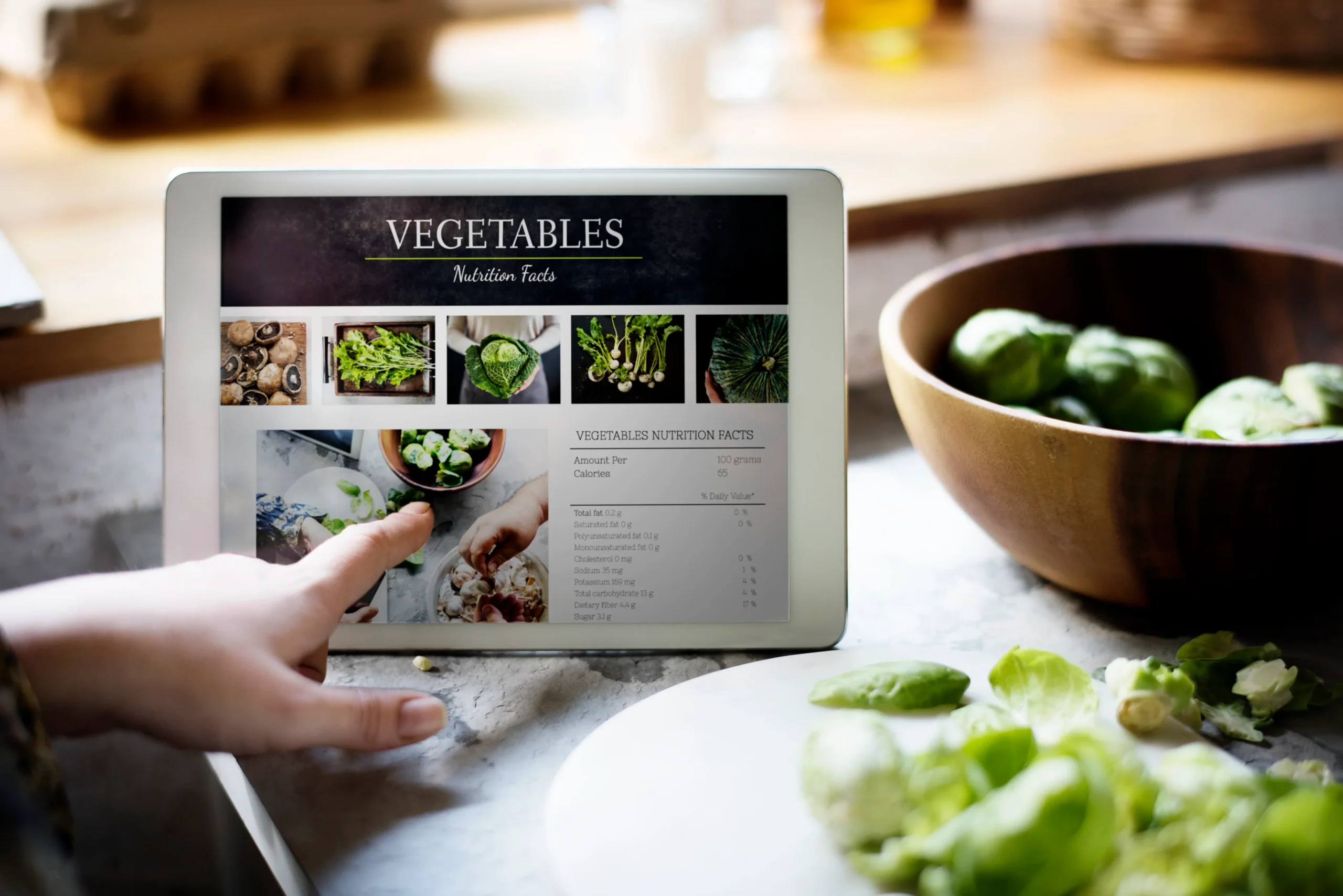Introduction: Embracing Innovation in the Restaurant Industry
In the dynamic world of restaurant management, staying ahead of the competition requires embracing innovative technologies that enhance the dining experience for customers. One such innovation that has gained widespread popularity recently is the adoption of digital menu boards. These dynamic displays provide a modern and interactive way to present menu options and offer a range of benefits for diners and restaurant owners alike. In this comprehensive guide, we’ll delve into the transformative impact of TV menu boards and how they reshape how restaurants communicate with their patrons.
The Evolution of Menu Presentation: From Static to Dynamic Displays
Gone are the static, printed menus mounted on walls or handed out to customers. With the advent of digital technology, restaurants can now showcase their menu offerings dynamically and engagingly using TV menu boards. These sleek and sophisticated displays leverage high-definition screens to present menu items, enticing images, and captivating videos that capture diners’ attention and elevate their dining experience.
The Benefits of TV Menu Boards: Enhancing the Dining Experience
- Captivating Visual Presentation: TV menu boards offer a visually stunning way to showcase menu items, using vibrant colors, crisp graphics, and eye-catching animations to entice diners. High-definition displays ensure that menu items are presented in mouth-watering detail, making it easy for customers to visualize their meal choices and make informed decisions. With the ability to incorporate dynamic content such as videos and slideshows, digital menu boards create an immersive dining experience that sets restaurants apart from the competition.
- Dynamic Content Updates: One key advantage of TV menu boards is their flexibility in content management. Unlike traditional printed menus, which require manual updates and reprinting, digital menu boards can be easily updated and customized in real time. Cloud-based content management systems allow restaurant owners to change menu items, prices, and promotions, ensuring that their menu is always up-to-date and reflects the latest offerings.
- Interactive Features: TV menu boards can also offer interactive features that engage diners and enhance their dining experience. Touchscreen displays allow customers to browse menu items, view nutritional information, and even place orders directly from their table. Interactive kiosks throughout the restaurant can provide additional information about menu items, suggest pairings, or offer personalized recommendations based on customer preferences.
- Promotions and Upselling Opportunities: digital menu boards provide an excellent platform for promoting specials, discounts, and upselling opportunities. With eye-catching graphics and strategically placed messaging, restaurants can highlight daily specials, promote new menu items, or encourage customers to upgrade their meal options. By leveraging dynamic content and targeted promotions, TV menu boards can help restaurants boost sales and increase revenue.
- Operational Efficiency: Besides enhancing the dining experience for customers, TV menu boards can also improve operational efficiency for restaurant owners. Integration with point-of-sale systems allows orders to be transmitted directly from the menu board to the kitchen, reducing errors and wait times. Real-time analytics provide valuable insights into customer preferences and purchasing behavior, allowing restaurants to optimize their menu offerings and make data-driven decisions to improve profitability.
Implementing TV Menu Boards: Best Practices for Success
To maximize the benefits of TV menu boards, restaurants should follow these best practices:
- Choose the Right Hardware and Software: The proper hardware and software are essential for successfully implementing digital menu boards. Choose high-quality displays with high-definition resolution, touchscreen capabilities, and durable construction. Look for user-friendly content management software that offers robust features for designing, scheduling, and updating menu content.
- Design Compelling Content: Create visually appealing and engaging content that captures diners’ attention and effectively communicates your menu offerings. Use high-quality images, enticing descriptions, and strategic calls to action to highlight featured items and promotions. Consider incorporating dynamic content such as videos and animations further to enhance the visual appeal of your TV menu boards.
- Optimize Placement and Visibility: Strategically position TV menu boards in high-traffic areas within the restaurant to maximize visibility and impact. When determining placement, consider factors such as viewing angles, ambient lighting conditions, and proximity to customer seating areas. Regularly monitor the performance of your digital menu boards and adjust placement as needed to ensure optimal visibility and readability.
- Train staff and engage customers. Provide comprehensive training on how to use TV menu boards effectively and answer any questions diners may have about the technology. Encourage customers to interact with the digital menu boards and provide feedback on their experience. Use customer feedback to improve and optimize your TV menu board strategy over time.
- Measure Performance and Iterate: Monitor key performance metrics such as menu views, engagement rates, and sales conversions to evaluate the effectiveness of your TV menu boards. Use analytics tools to track customer behavior and preferences, and use this data to make data-driven decisions to optimize your menu offerings and promotional strategies. Continuously iterate and improve your TV menu board strategy based on actionable insights to drive long-term success.
Conclusion: Embracing the Future of Restaurant Communication with TV Menu Boards
TV menu boards represent a powerful tool for restaurants to engage customers, showcase menu offerings, and promote their brands dynamically and interactively. With captivating visuals, dynamic content updates, and interactive features, digital menu boards enhance the dining experience for customers while improving operational efficiency for restaurant owners. By embracing this innovative technology and following best practices for implementation, restaurants can differentiate themselves from the competition and create memorable experiences that keep customers returning for more.



